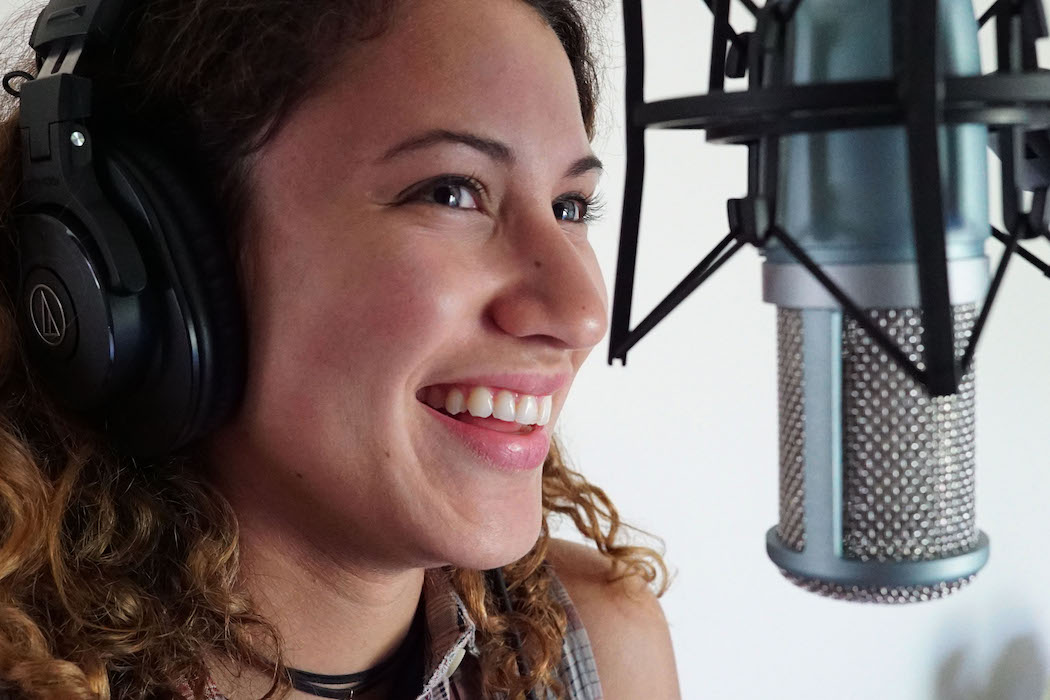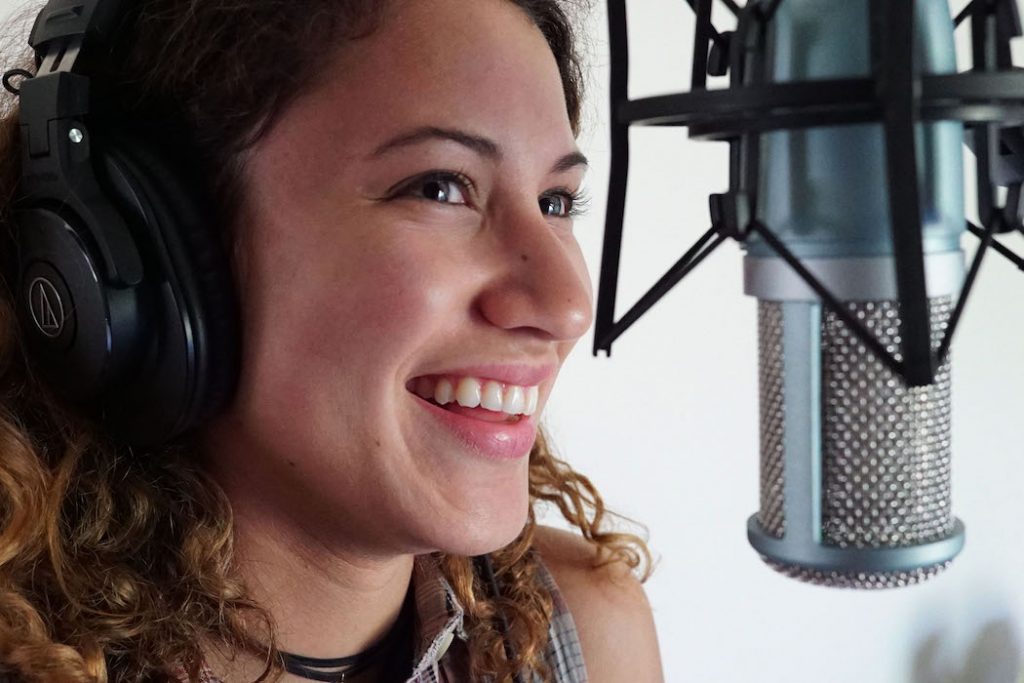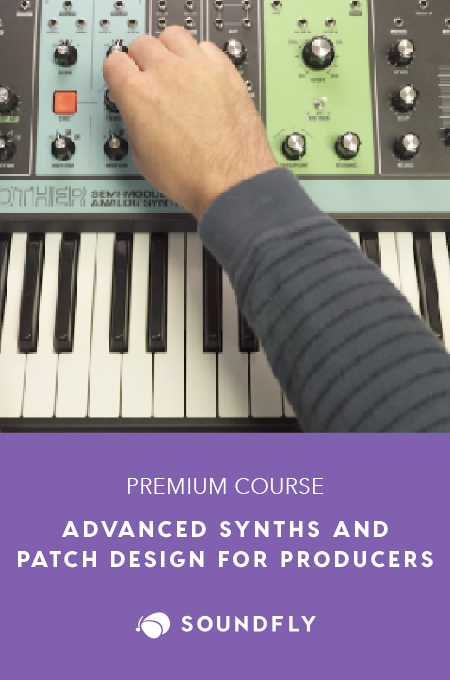
Sight singing: If you are a vocalist, it’s likely you’ve made it your whole career without having to perform this dreaded task. But despite requiring a bit of work to master, being able to transform sheet to sound can make you more marketable, versatile, and easy to work with than the endless number of talented vocalists out there.
I’m usually not surprised when I hear that a vocalist can’t sight sing — after all, most singers are introduced to music through giant group choirs and choruses where we can easily follow others and learn songs by ear. But one thing I find discouraging is the degrading and defensive surrender with which vocalists claim they simply “cannot do it.” Fortunately, that’s an easy enough mindset to break…
So much of the thrill of being a musician is in learning to do new things. By breaking down sight singing into small, achievable pieces, you’ll be able to see your progress pretty quickly.
What is sight singing and why should I care?
True sight singing, also known as prima vista, is the ability to look at music you’ve never seen or heard before, and sing the written notes. Sight singing also requires an interpretation of the appropriate musicality for the piece, while maintaining rhythm and tonality. Obviously, this will be easier if you already know how to sight read for an instrument.
It’s far more common for instrumentalists to be expected to have mastered sight reading. It makes rehearsals faster and more productive, and gives music directors more flexibility to sub in players as needed. And for the instrumentalist, sight reading allows them to anticipate what comes next and gives them more space to have fun with the music.
The same thing goes for sight singers — you’ll be more marketable for music directors, rehearsing will be dramatically quicker, and you’ll no longer be dependent on a choir or accompaniment to learn a new piece.
+ Learn more on Soundfly: Prepare to sight read with our free tutorial, How to Read Music!
Practice.
An easy way to get started sight reading is to download a variety of free practice sheets. Once you have a small collection of practice materials, try carving out a few minutes each day to read one new piece of music. Pick pieces that are roughly the same length, and then set a timer. Figure out the song section by section, and sing it once through. By the end of a week you’ll almost definitely see a difference in how long it takes you to read a new song!
If you have a few extra minutes to give, try playing around with the piece. Be mindful of your pitch, rhythm, phrasing, and breathing as you sing. It takes more than just reading the music to be a good sight singer!
Pay attention to pitch.
My director has always said that attention to pitch is what he appreciates most in a vocalist. A singer who can start on pitch and stay on pitch throughout a piece is able to bring color to their sound. Simply speaking, they’re more fun to listen to!
The key to sight singing with good pitch is internalization. Internalizing pitch is the ability to imagine how a note should sound without needing to hear or sing it. Your goals here are to be able to recognize a note you hear and to sing a note you simply see written.
To start, play a single note on piano and sing along to it, paying particular attention to what note you’re playing. Then, test whether you’ve internalized the sound of the note by playing that note along with another note. Check to make sure you’re singing the original note, or if your pitch changed as more notes were added.
Finding an instrumental version of a song online may also help you to stay in tune while you’re sight singing. Plus, the accompaniment on the recording can even help you to match your vocal dynamics with the dynamics written on the page.
At the end of the day, though, you shouldn’t stress about maintaining pitch by yourself. Unless you’re singing a cappella, you’ll most likely have some form of accompaniment to help keep you in tune.
+ Read more on Flypaper: “How to Keep Your Singing Voice Healthy”
Read the rhythm.
Singing the right notes at the right time may seem simple until you’re given a piece of music you’ve never seen, and all of a sudden, you have no idea which note gets the beat.
When you look at a new piece of music, acknowledge the time signature and then start counting. Clapping or tapping your foot before you even start reading the notes will help you to sing notes with their respective values and keep you from getting lost.
Plus, no one wants to be the singer who’s awkwardly belting the bridge two beats ahead of their accompaniment…
An excerpt from our free course, How to Read Music
Find the phrases.
Phrases help to separate music the way that periods separate sentences. Phrases are usually comprised of four measures and sound complete. Singing through an entire phrase at once is important for the flow of the piece since it usually conveys a thought or message. Often, taking a minute to understand a song’s lyrical meaning can make the phrases seem more obvious.
Phrases are usually sung the way you would speak a sentence — you complete a thought before pausing to take a breath and continue. Sneaking a peek at the lyrics of the music before you sing through the piece may give you a better sense of what to expect, and what you’ll be saying.
In this phrase from “La Vie En Rose” by Louiguy, the lyrics give direction to the notes. The thought “When you kiss me heaven sighs, and tho’ I close my eyes, I see la vie en rose,” has a melodic progression in which each note falls into the next, possibly musically representing the act of falling in love. It’s easy to see how this thought would be fragmented, ruining the moment, if the phrase was not sung fluidly.
Just as accompaniment can help you to employ dynamics in a piece, phrases, too, can help influence your interpretation of the composer’s or artist’s message. A sight singer who can digest the notes and simultaneously develop a feel for how the piece is supposed to be sung is a musician with whom other musicians yearn to work.
Fun fact: Professional sight singers don’t read all of the individual notes in a measure, just as we don’t read individual letters of a word in order to understand what the whole word is. Singers make educated guesses about what will happen in the music. Clues to what notes will come next can be found in the lyrics, phrasing, and even in the title of the song.
+ Read more on Flypaper: “6 Things You Need to Know to Accompany a Singer”
Just breathe.
Breathing is something we do so naturally that sometimes we forget we’re doing it. So naturally, we take it for granted until we run out of breath right before that money note.
You know you can hit that note, but you also know you can’t do it without breath support. Breathing before you even begin singing, and then consistently throughout the piece will better prepare you for those surprise notes or longer phrases that you may encounter while sight singing.
When deciding on the opportunities to breathe during a song, consider how your breathing might affect the phrasing. While breathing is necessary, it should not interrupt a phrase, nor should it be so loud enough to be distracting.
Warm up with vocal exercises.
Aside from constantly looking over new music, vocal exercises will help to develop pitch, as well as your ability to phrase and count music. Vocal exercises can also make musically-conscious breathing second nature!
Vocal exercise books can help you properly warm up your voice before you begin singing. Vocal exercises exist for all different singing abilities, each catering to either strengthening breath support, smoothing phrases, recognizing intervals, etc. As an added bonus, they also help to keep your voice healthy!
Armed with your toolbox of essential sight singing skills, you’re ready for your next encounter with a new piece of music. If you’ve found a vocal exercise or a song that has helped to develop your sight singing skills, share them in the comments below. Buona prima vista!




